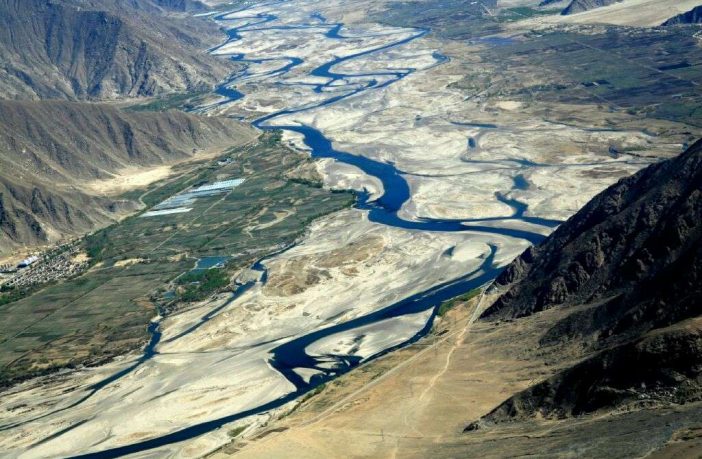- China has released official plans to construct a major hydropower project on the Brahmaputra river in Tibet.
- The Brahmaputra River flows for 1,800 miles through Tibet, India, and Bangladesh.
- Tibet has about 200 million kWh of water resources, accounting for 30% of the total in China.
“The 60 million kWh hydropower exploitation at the downstream of the Yarlung Zangbo River could provide 300 billion kWh of clean, renewable and zero-carbon electricity annually. The project will play a significant role in realizing China’s goal of reaching a carbon emissions peak before 2030 and carbon neutrality in 2060,” stated Yan Zhiyong, chairman of the Power Construction Corp of China at 40th anniversary of the founding of the China Society for Hydropower Engineering. He added that “It is a project for national security, including water resources and domestic security plus the project could generate an income of US$3 billion annually for the Tibet Autonomous Region”.
Related news: China dominates 11050MW Inga 3 hydro project consortium in the Democratic Republic of Congo
Environmental groups and Tibetan rights activists have expressed concern about China’s hydropower ambitions in the region, saying it could affect downstream water supplies. Anti-hydropower groups say China’s rivers are already at saturation point after a dam-building boom that included the construction of the 22500MW Three Gorges Project and many other giant hydropower plants on the Yangtze and its tributaries.
Related news: Tensions rise over Ethiopia’s 6450MW Grand Renaissance Dam hydro project
India is considering a plan to build a 10-gigawatt (GW) hydropower project in a remote eastern state, an Indian official said on Tuesday, following reports that China could construct dams on a section of the Brahmaputra river.
“The need of the hour is to have a big dam in Arunachal Pradesh to mitigate the adverse impact of the Chinese dam projects,” TS Mehra, a senior official in India’s federal water ministry, told the Reuters news agency.“Our proposal is under consideration at the highest level in the government,” Mehra said, adding the Indian plan would create a large water storage capacity to offset the effect of Chinese dams on water flows.
Author: Bryan Groenendaal















